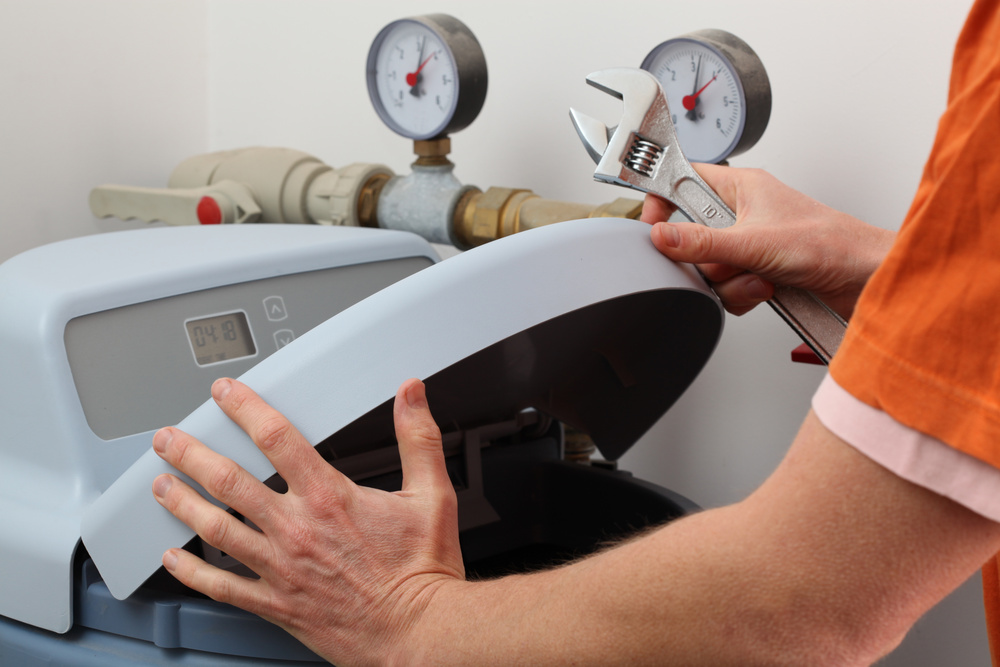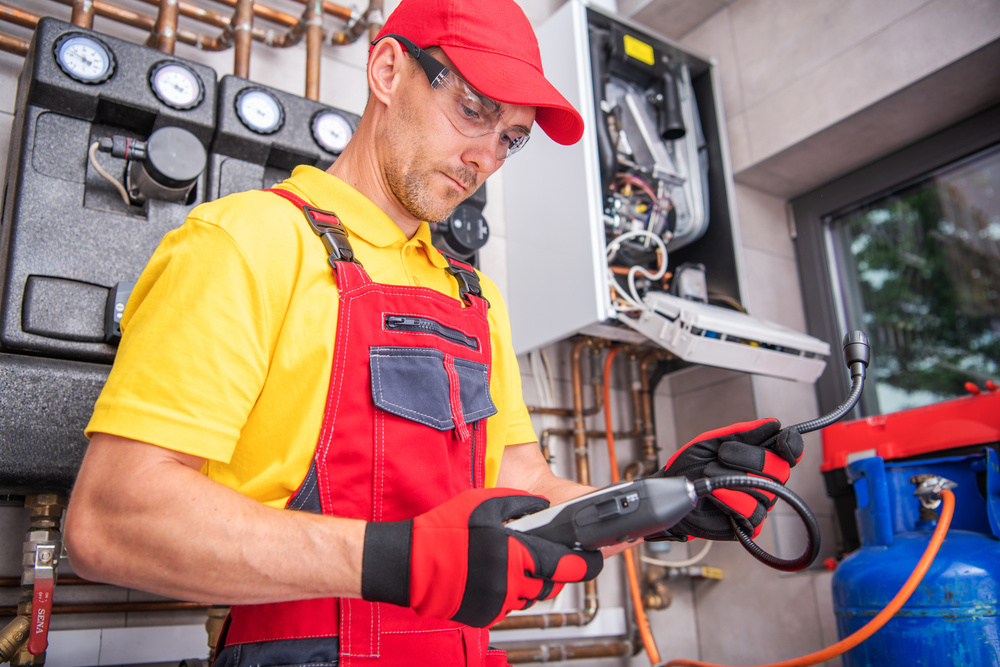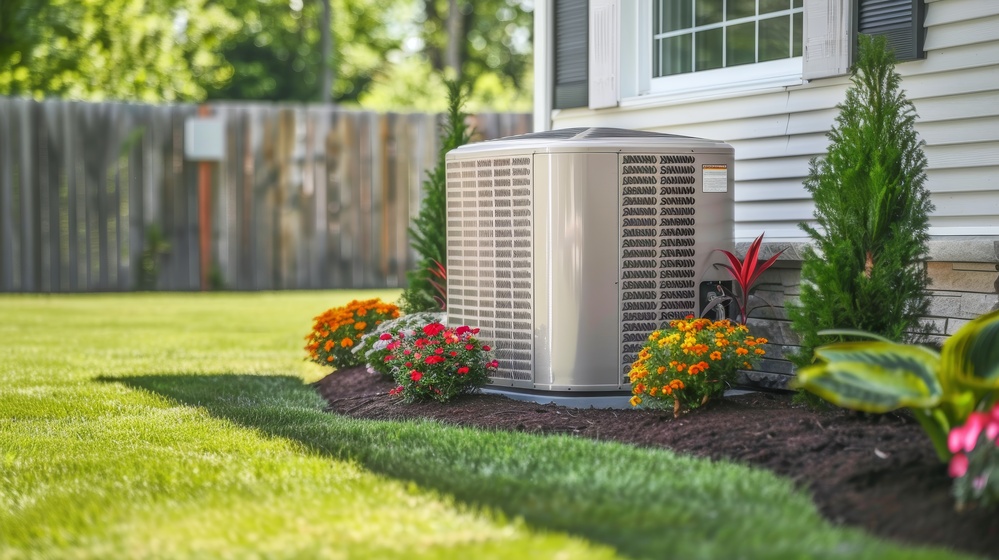How to Prevent Frozen Pipes
In an area like Salt Lake City, where winter temperatures can fall below freezing, there is a greater risk of frozen pipes and the damage that can go along with them. During inclement weather, burst pipes are one of the most common causes of property damage, which can range in the thousands, but fortunately, there are a number of steps you can take to prevent your pipes from freezing.
Why Do Pipes Burst?
As the water inside your pipes gets close to freezing, its volume increases by nearly 10%. Once this increase in water pressure becomes too high for the pipe to handle, it bursts. The break can occur at any point of structural weakness or it may burst where ice has formed.
Tips to Prevent Your Pipes From Freezing
The three main causes of frozen pipes are a significant drop in temperature, a thermostat that is set too low, and a lack of insulation. You can decrease your risk and protect your home and its contents with these tips:
- Program your thermostat. A great way to save money on the cost of heating is to set the temperature on your thermostat back by several degrees while you are away or asleep. Unfortunately, this practice can backfire if the temperature inside your home is too low to provide enough heat to prevent your pipes from freezing. Keep your thermostat set above 55 degrees Fahrenheit at all times, whether you are at work, asleep, or away on vacation.
- Seal air leaks. Even the slightest gap around doors, windows, or the exit points to the exterior of your home used for plumbing, venting, or wiring can allow in enough cold air to freeze your pipes. Seal these gaps using caulking, weatherstripping, or spray foam insulation where needed to keep the heat in and the cold air out.
- Open cabinet doors. Open bathroom and kitchen cabinet to allow heat to circulate around uninsulated pipes beneath your sinks and around appliances, especially those that are located on an exterior wall. Use this same technique on exposed pipes that may be located within a closet or pantry, leaving the doors ajar to warm the interior.
- Let your faucets drip. You can prevent the buildup of pressure within your pipes by opening both the hot and cold faucets slightly to initiate a slow drip. In the case of a single faucet, adjust it to warm to allow the water to flow from each line.
- Pipes that are located in uninsulated spaces such as your basement, attic, or crawlspace need an extra layer of protection to keep them from freezing. In addition to installing insulation along walls and ceilings, pipes may be outfitted with fiberglass or foam rubber sleeves.
- Keep your garage door closed. In the event that water supply lines run through your attached garage, be sure to insulate the garage door, weatherstrip around all sides, and keep it closed to reduce exposure to the cold.
- Disconnect garden hoses. As part of fall home maintenance, disconnect your garden hoses and, when possible, use a dedicated valve to drain the water from the pipes leading from your home to the outdoor faucets.
Schedule Plumbing Services in the Salt Lake City Area
Whether you are facing a major repair as the result of frozen pipes or you would like expert advice or assistance preventing frozen pipes during the winter, call at SameDay Heating & Air, Plumbing, and Electrical at (801) 726-3329, or contact us online today.





